Kibbutz Degania, nestled on the shores of the Sea of Galilee in northern Israel, holds a special place in the heart of the nation’s history. Established in 1909, Degania was the first kibbutz in Israel, embodying the pioneering spirit and communal principles crucial in shaping the early Zionist movement.

Credit: Dr. Avishai Teicher Pikiwiki Israel, CC BY 2.5, via Wikimedia Commons
Foundation and Pioneering Days:
Degania was founded by a group of determined young Jewish immigrants from Eastern Europe who arrived in the Land of Israel to cultivate the barren land and create a self-sustaining agricultural community. Facing harsh conditions and surrounded by swamps, these pioneers worked tirelessly to drain the marshes, plant crops, and build homes.
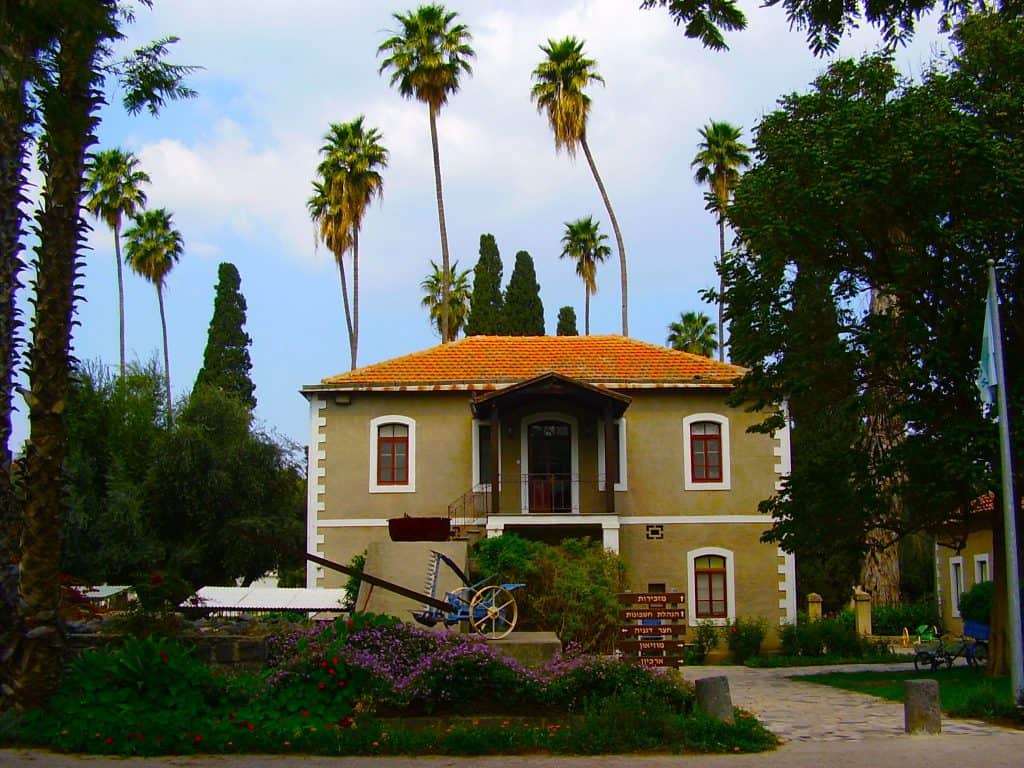
Credit: Dr. Avishai Teicher Pikiwiki Israel, CC BY 2.5, via Wikimedia Commons
Communal Living and Equality:
At the heart of Kibbutz Degania’s ethos was communal living, where all members shared resources, labor, and responsibilities. The kibbutz operated as a collective society, making decisions through democratic processes. Everyone contributed to the community’s well-being, regardless of their role or profession, fostering a strong sense of equality and camaraderie.
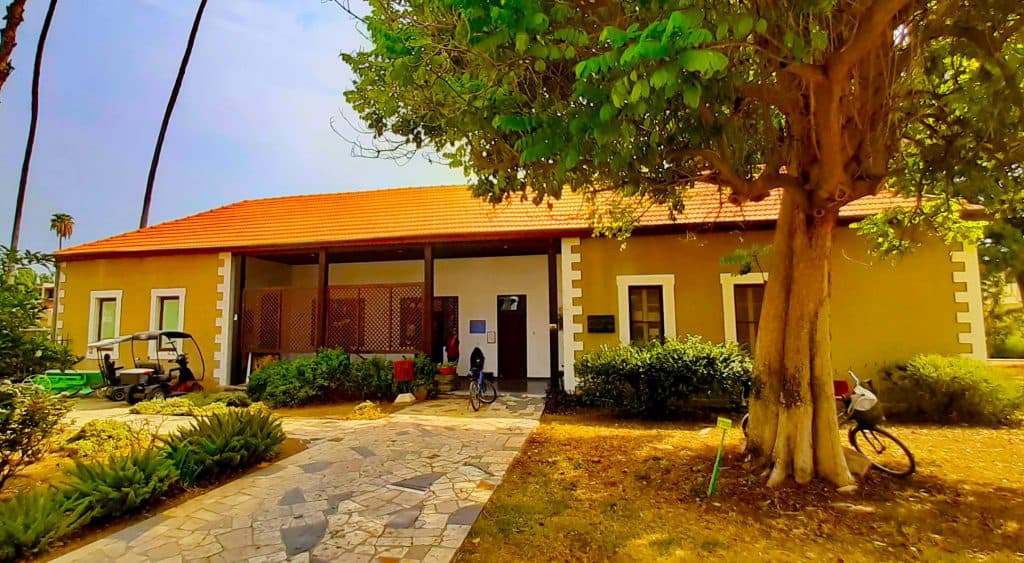
Credit: Zeller Zalmanson Pikiwiki Israel, CC BY 2.5, via Wikimedia Commons.
Agriculture and Industry:
In its early years, agriculture was the backbone of Degania’s economy. Moreover, the kibbutz focused on growing various crops, including citrus fruits, vegetables, and cotton. So, degania diversified its activities as time progressed and developed industries such as fish farming, poultry, dairy production, and metalworking.
1910 Restaurant in Kibbutz Degania
Defending the Land:
Throughout the years, Degania faced numerous challenges, including conflicts with neighboring Arab villages and hostile forces during the early days of the British Mandate. The kibbutz members actively defended the land and were involved in Israel’s War of Independence in 1948.
Sea of Galilee Ultimate Guide
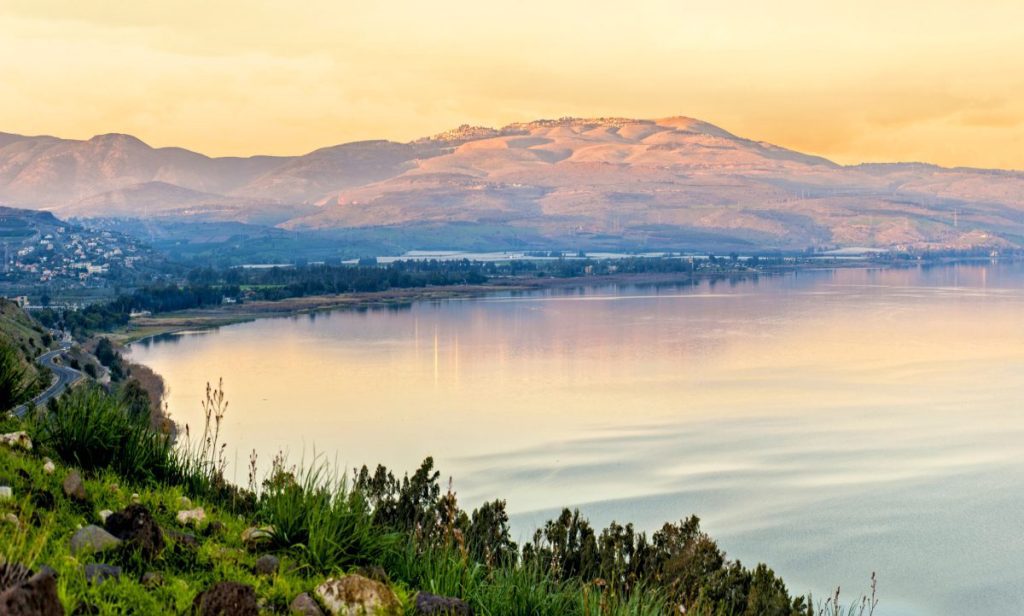
Social and Cultural Life:
Besides their agricultural endeavors, Degania’s residents also emphasized education, culture, and social activities. Furthermore, the kibbutz established schools for children, offered adult education programs, and organized cultural events and gatherings that celebrated the community’s rich heritage.
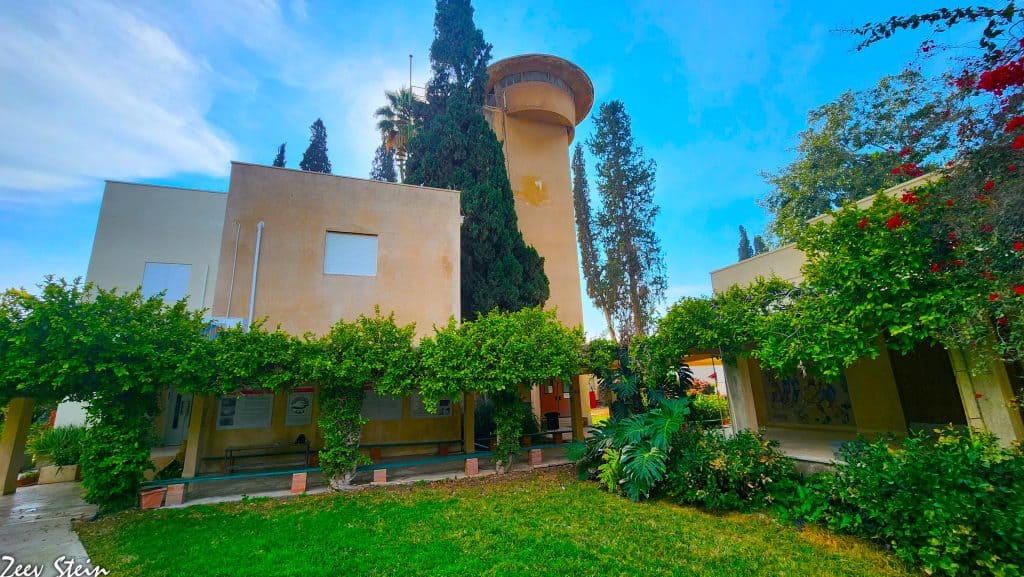
Credit: Zeev Stein Pikiwiki Israel, CC BY 2.5, via Wikimedia Commons
Gordon House Museum
Today, the Gordon House is a preserved historical site, offering visitors a glimpse into the life and thoughts of Aaron David Gordon and the early days of the kibbutz movement. The house contains personal belongings, furniture, and documents that provide insight into the challenges and aspirations faced by the pioneers.

The museum was established in 1935 in the name of Aharon David Gordon to commemorate his values and heritage by members of the Degania A group. Furthermore, the museum displays stuffed animals and birds living in the Sea of Galilee collections of plants and insects. Also, the museum has exhibited archaeological and architectural findings in archaeological excavations from the Sea of Galilee. The museum emphasizes the history of fishing and sailing in the Sea of Galilee. Here is a link to their website!
Museum’s Opening Hours:
The museum is open Mondays, Tuesdays, and Fridays from 9:30 a.m. to 1:30 p.m. Furthermore, guided tours will be held on Tuesdays and Fridays at 11:00. Also, on Saturdays, the museum is only open by reservation and prior approval, which must be done at least 24 hours before the visit date.
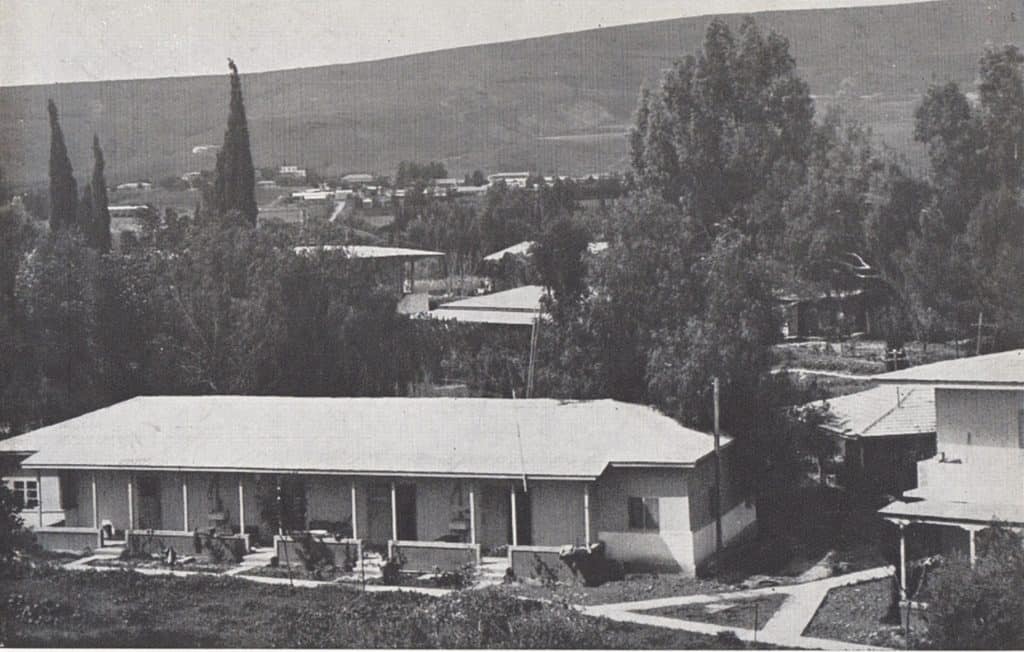
The Founders Museum
The museum is suitable for children and families, and it shows the courtyard of the founders, around which residential buildings were built like a German farm, stone buildings with red tile roofs; the courtyard was surrounded by a wall for protection, and the entrance was through a gate that preserves its original form.
During the tour, you can see the courtyard of the farm, a guided tour of the museum, and check out the Syrian tank! And listen to some amazing stories of heroism. Moreover, in the yard is a cafe and a gallery for the works of the kibbutz members.
So, the entry is subject to a fee.
Also, to visit the museum, you must arrange by phone!
Phone to coordinate: 04-6608273!
Evolution and Modernization:
So, over time, Kibbutz Degania, like many other kibbutzim in Israel, underwent changes and adaptations to meet the demands of a rapidly changing society. Some kibbutz members transitioned to individual ownership of homes, while others maintained communal values and practices.
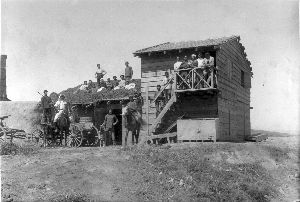
Kibbutz Degania is Open to Visitors!
Today, Kibbutz Degania thrives, welcoming visitors eager to learn about its history, culture, and agricultural practices. Furthermore, visitors can experience the unique communal lifestyle, visit the kibbutz’s historical sites and museums, and enjoy the beautiful landscape surrounding the Sea of Galilee.
Best Beaches at the Sea of Galilee
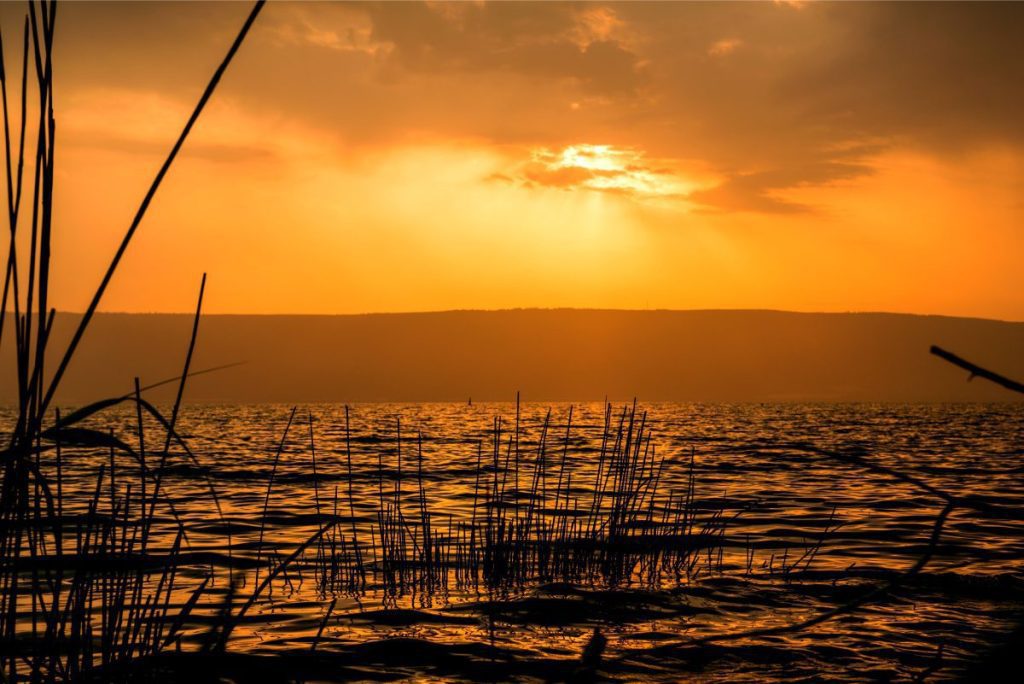
Legacy and Inspiration:
Last, Kibbutz Degania’s legacy extends beyond its community. As the first kibbutz in Israel, it served as a model for establishing numerous other kibbutzim nationwide. The pioneering spirit and communal values of Degania continue to inspire generations of Israelis and resonate with those who admire the vision and dedication of the early Zionist pioneers.
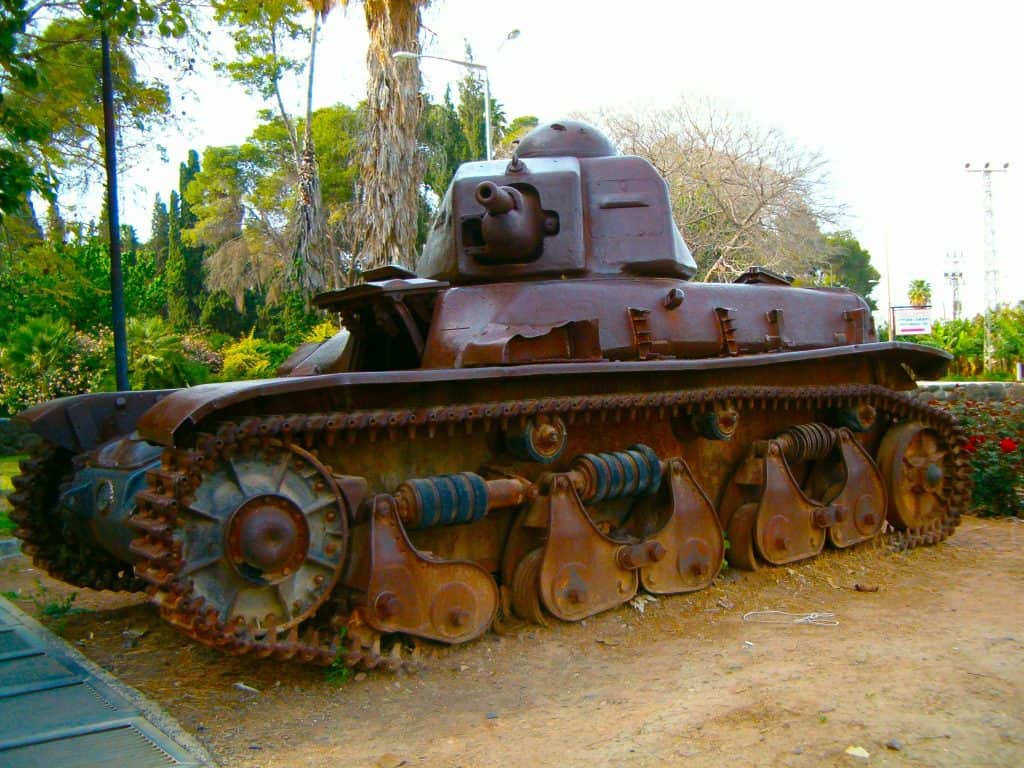
Credit: Bukoved Pikiwiki Israel, CC BY 3,0, via Wikimedia Commons.
So Kibbutz Degania is a testament to the tenacity and perseverance of those who dared to dream and work tirelessly to turn barren land into a flourishing community. As the first kibbutz in Israel, it holds a cherished place in the nation’s history, representing the foundation of the cooperative and communal spirit that remains an integral part of Israel’s identity.

